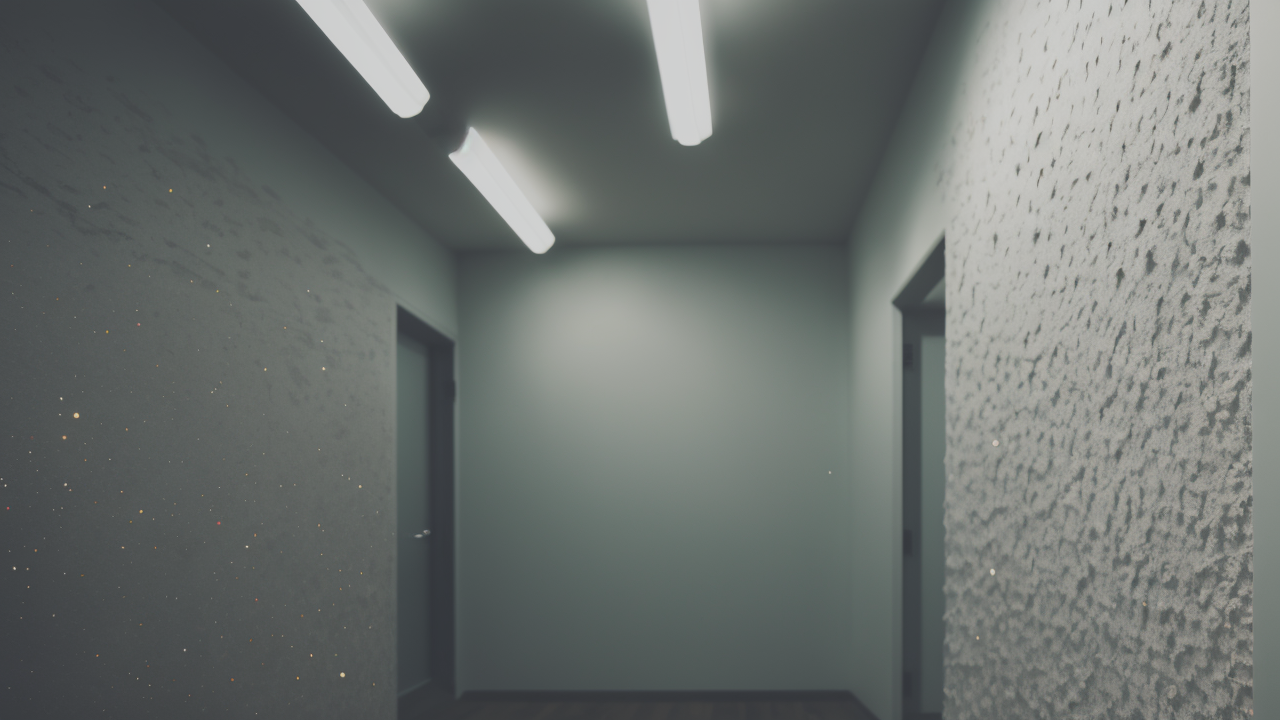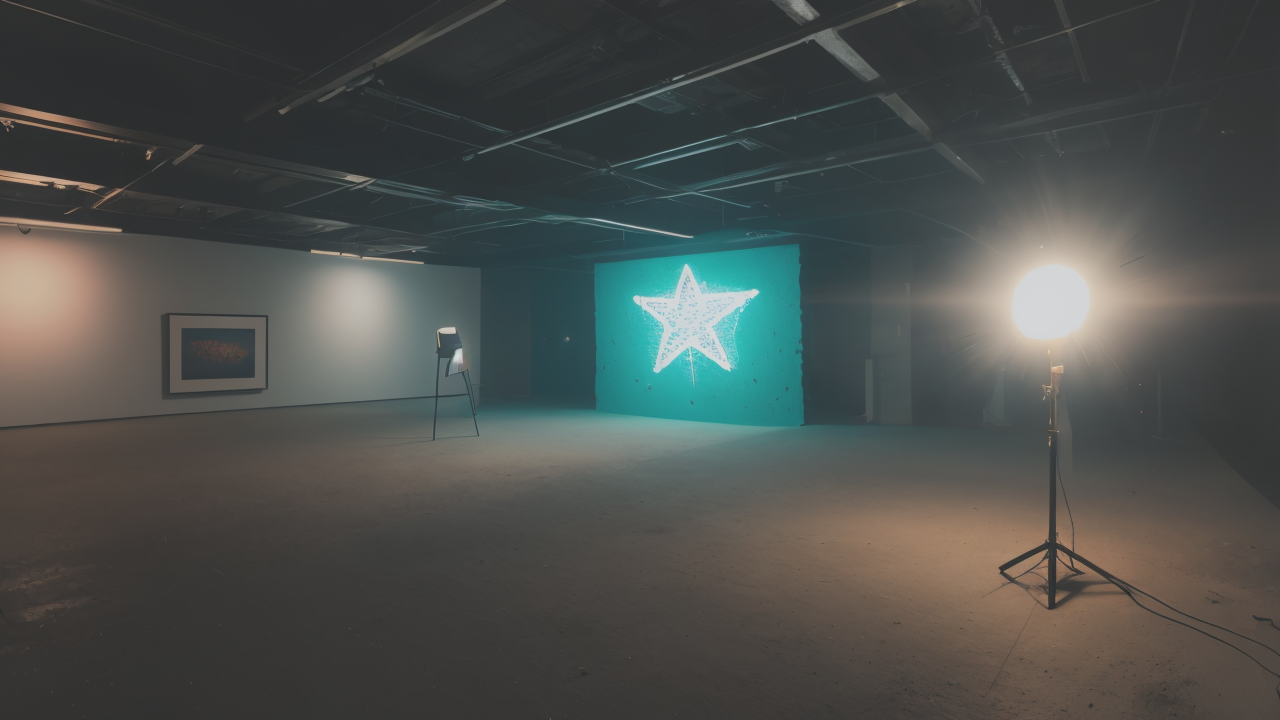
The Art of Mixing Mediums: Elevating Your Contemporary Art Practice
Understanding Plaster Textures: An Introduction
What Are Plaster Textures?
Plaster textures are unique surface designs created using plaster materials. They add depth and visual interest to walls and art pieces. Plaster can be shaped, molded, and layered to create various effects. These textures range from smooth and subtle to rough and bold. Artists use tools like trowels, brushes, and combs to shape the plaster. The result is a tactile surface that plays with light and shadow. Plaster textures can mimic natural materials or form abstract patterns. They're popular in both home decor and fine art. Their versatility allows for endless creative possibilities. Plaster textures can transform plain surfaces into dynamic, eye-catching focal points. They offer a way to add personality and character to any space or artwork. Experimenting with plaster textures can lead to exciting new artistic discoveries.

The Role of Textures in Modern Art
Textures play a crucial role in modern art. They add depth and complexity to visual compositions. Textures engage viewers on a sensory level, inviting touch and exploration. In modern art, textures often convey emotion or concepts without using representational forms. Artists use textures to create contrast, rhythm, and balance within their work. Plaster textures offer a unique medium for expression. They can be subtle or bold, smooth or rough, monochrome or colorful. Textures in modern art challenge traditional notions of flat, two-dimensional surfaces. They blur the lines between painting and sculpture. This creates dynamic, multi-dimensional pieces that captivate audiences. Textures can evoke feelings, memories, and associations, enhancing the viewer's experience. They add a tactile element to visual art, creating a more immersive experience.
The Material and Processes Behind Plaster Textures
Plaster is a versatile material made from gypsum, lime, or cement mixed with water. It starts as a paste and hardens over time. Artists can shape plaster while it's wet to create various textures. The process often involves layering, carving, or pressing objects into the plaster. Tools like spatulas, sponges, and textured rollers help shape the surface. Some artists add pigments to the wet plaster for color. Others paint over the dried texture for different effects. The drying process is crucial, as it affects the final texture. Slow drying creates smoother surfaces. Quick drying can lead to cracks and rough textures. Understanding these properties allows artists to control their creations. Experimentation is key to mastering plaster textures. Artists can create unique effects by altering drying times, mixing additives, or layering different plasters.
Creative Techniques for Plaster Textures in Home Decor and Art
Incorporating Textures into Home Furniture and Accessories
Plaster textures can transform ordinary home items into unique, artistic pieces. Here are some creative ways to use them:

- Textured lamp bases: Apply plaster to plain lamps for a custom look.
- Decorative wall panels: Create removable panels with intricate plaster designs.
- Textured picture frames: Use plaster to add depth to simple frames.
- Customized vases: Apply plaster textures to glass or ceramic vases.
- Textured tabletops: Create a unique dining experience with a plaster-textured table.
These techniques add character to home decor. They turn everyday objects into conversation pieces. The key is to balance texture with the overall design of the space. Start small with accessories before moving to larger furniture pieces. This allows you to experiment and find your preferred style. Remember, a little texture can go a long way in creating visual interest. Consider the room's color scheme when choosing plaster textures and colors. Textured pieces can add warmth and depth to minimalist spaces.
Tips for Achieving Unique Textures in Art Pieces
Creating unique plaster textures in art requires creativity and experimentation. Here are some tips to help you achieve distinctive results:
- Use unconventional tools: Try combs, bubble wrap, or natural objects for imprints.
- Layer different textures: Apply multiple layers of plaster with varying techniques.
- Incorporate found objects: Press leaves, fabric, or small items into wet plaster.
- Experiment with drying times: Work with plaster at different stages for varied effects.
- Mix in additives: Add sand, coffee grounds, or sawdust for unique textures.
Remember, there's no right or wrong in texture creation. Let your imagination guide you. Practice different techniques to find what works best for your style. Don't be afraid to make mistakes. They often lead to new discoveries and unique effects. The key is to keep experimenting and refining your techniques. Pay attention to how light interacts with your textures to enhance their visual impact. Try combining smooth and rough textures for interesting contrasts.
Combining Plaster Textures with Other Mediums
Plaster textures can be enhanced by combining them with other art mediums. This approach creates depth and interest in mixed media pieces. Here are some effective combinations:
- Plaster and acrylic paint: Apply paint over dried plaster for vibrant colors.
- Plaster and collage: Embed paper or fabric into wet plaster for unique textures.
- Plaster and metallic leafing: Add gold or silver leaf for a luxurious look.
- Plaster and ink: Use alcohol-based inks for translucent, watercolor-like effects.
- Plaster and resin: Pour resin over textured plaster for a glossy, protected finish.
When combining mediums, consider how they interact. Some materials may affect the plaster's drying time or final texture. Always test on a small sample before applying to your main piece. This ensures compatibility and helps you achieve the desired effect. The key is to experiment and find combinations that enhance your artistic vision. Consider the contrast between smooth and rough textures for added visual interest. Don't be afraid to mix unexpected materials for unique results.
Advanced Plaster Texturing Techniques and Tips for Artists and Designers
Mastering the Art of Color and Texture in Plaster
Combining color with plaster textures opens up endless creative possibilities. Here are some advanced techniques to explore:

- Integral coloring: Mix pigments into wet plaster for consistent color throughout.
- Layered coloring: Apply different colored plaster layers, then sand to reveal depth.
- Wash techniques: Use thin, colored washes over dried plaster to enhance texture.
- Staining: Apply wood stains or alcohol-based dyes for rich, translucent colors.
- Patina effects: Create aged looks with chemical reactions or specialty paints.
Experiment with color intensity and placement. Bold colors can highlight texture. Subtle hues can create depth. Consider how color and light interact on your textured surface. Remember, texture can change how color appears. Always test your combinations before finalizing. The goal is to create a harmonious blend of color and texture that enhances your artistic vision. Don't be afraid to mix unexpected colors for unique effects. Try gradients or color blocking to add visual interest to your plaster pieces.
Case Studies: Successful Artists and Their Techniques
Many artists have mastered plaster texturing techniques, creating stunning works. Let's explore a few:
- Antoni Tàpies: Known for thick, tactile surfaces combining plaster with found objects.
- Anselm Kiefer: Uses plaster with other materials to create large-scale, textured paintings.
- Rachel Whiteread: Creates plaster casts of negative spaces, exploring texture and form.
- El Anatsui: Incorporates plaster textures in his large-scale metal sculptures.
- Niki de Saint Phalle: Used textured plaster in her colorful, whimsical sculptures.
These artists push the boundaries of plaster texturing. They combine it with unconventional materials and concepts. Study their techniques and philosophies to inspire your own work. Remember, innovation often comes from combining traditional methods with new ideas. Don't be afraid to experiment and develop your unique style with plaster textures. Consider how these artists use texture to convey meaning or emotion in their work. Try to incorporate some of their techniques into your own artistic practice.
Workshops and Resources for Learning Advanced Plaster Texturing
To further develop your plaster texturing skills, consider these learning opportunities:
- Local art center workshops: Many offer hands-on classes in plaster techniques.
- Online courses: Platforms like Skillshare and Udemy have detailed plaster art tutorials.
- Art retreats: Intensive workshops often include advanced plaster texturing sessions.
- YouTube tutorials: Free resources for specific techniques and tips.
- Art supply stores: Some offer demonstrations or classes on using their products.
Additionally, join online forums or local artist groups to share ideas and techniques. Experimenting with fellow artists can lead to new discoveries. Attend art exhibitions featuring textured works for inspiration. Read books and articles on plaster art techniques. Practice regularly to refine your skills. Remember, continuous learning and experimentation are key to mastering advanced plaster texturing. Don't hesitate to reach out to experienced artists for advice and mentorship. Keep a sketchbook to document your experiments and ideas for future projects.


